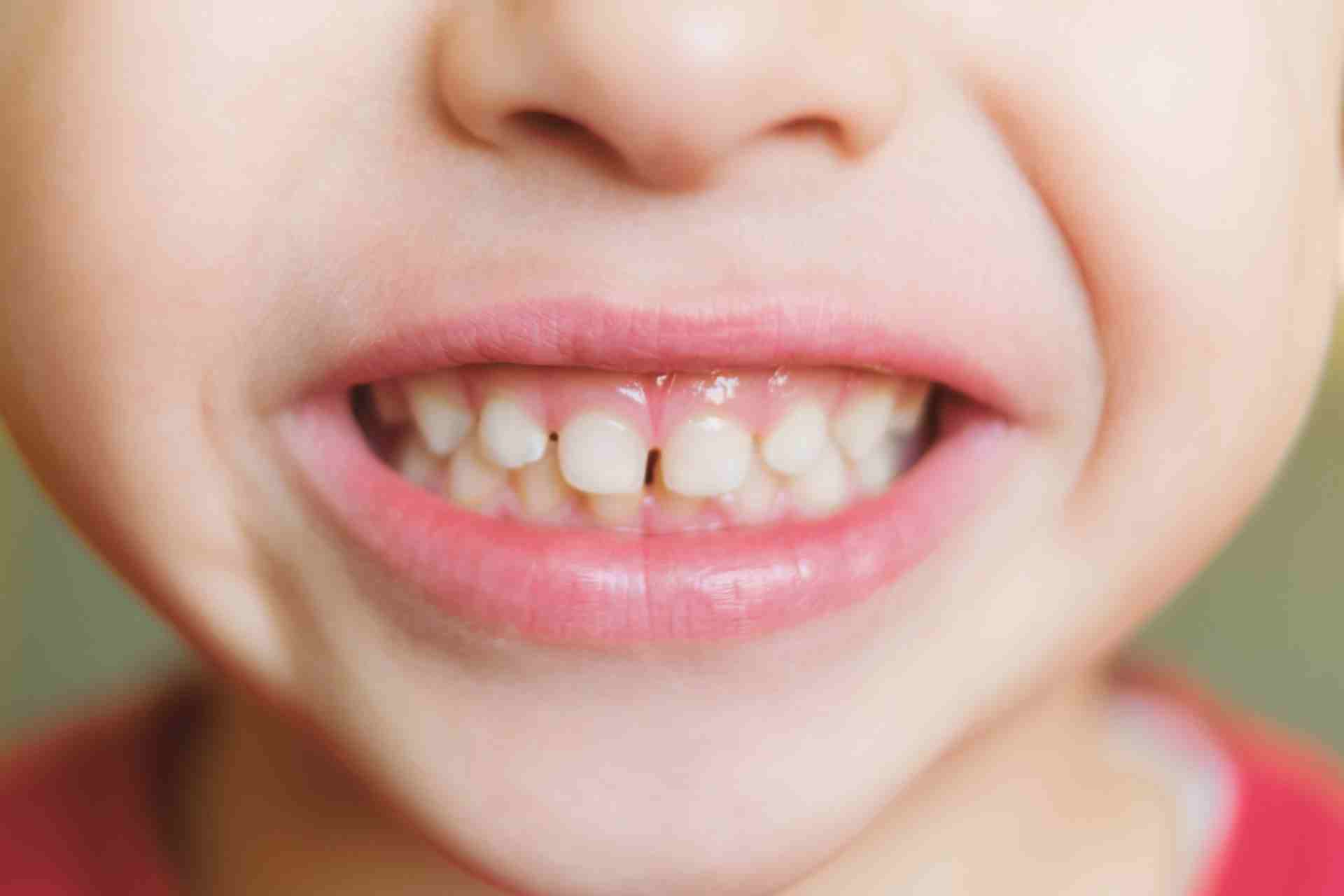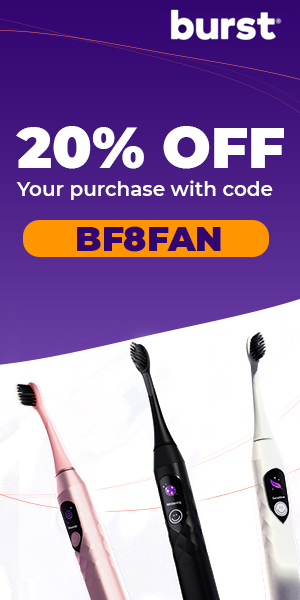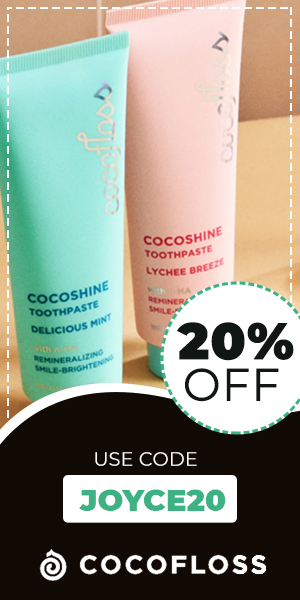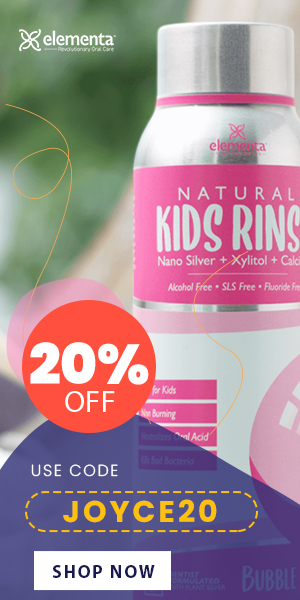Is That Pacifier Affecting Your Child’s Smile?
Let’s be honest—pacifiers can feel like magic when your baby is fussy and you’re running on zero sleep. They’re a go-to for calming, soothing, and buying you a few precious minutes of peace.
But here’s the thing: while pacifiers can be incredibly helpful in those early months, using them for too long can start to impact your child’s teeth and bite.
You may have heard the term “pacifier teeth” floating around—maybe from your pediatrician, a friend, or even during a routine dental visit.
So, what exactly are pacifier teeth?
How much pacifier use is too much?
And what can you do to avoid any long-term dental issues without giving up your sanity in the baby years?
Let’s walk through it all together—gently, practically, and with your child’s healthy smile in mind.
What Are Pacifier Teeth?
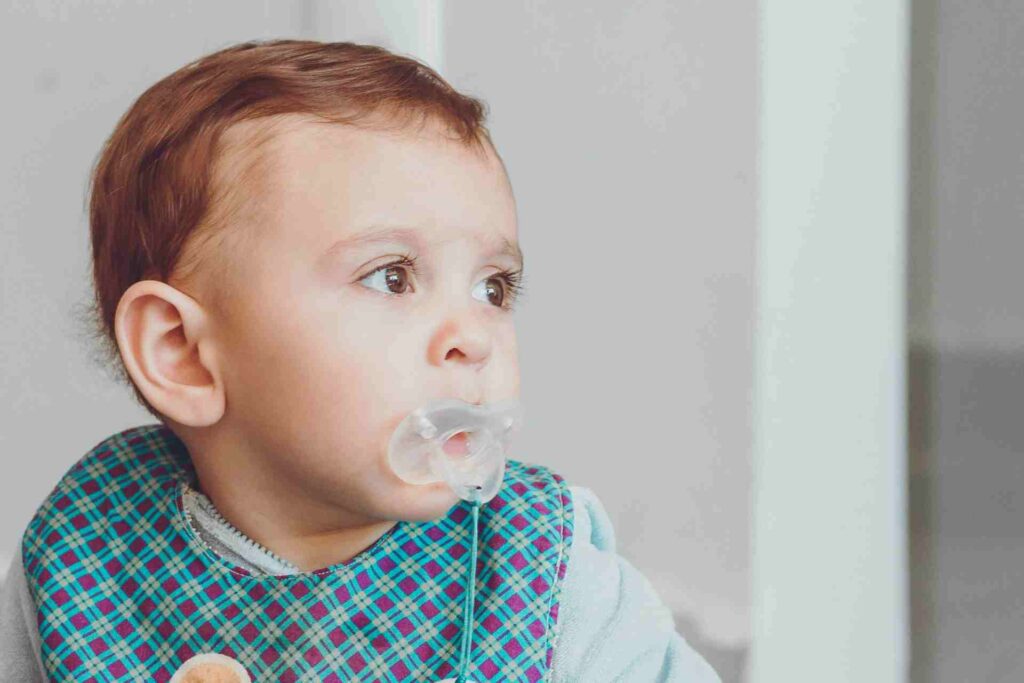
“Pacifier teeth” is a term we use to describe the changes that can happen to a child’s bite and jaw when a pacifier is used for too long, especially beyond the toddler years.
It’s not about one or two extra months with a binky, so don’t panic. But when pacifier use becomes a long-term habit, it can affect how your child’s teeth line up and how their jaw develops.
Here are some of the most common changes we dentists see:
Open bite
This is when the front teeth don’t touch when the mouth is closed. You’ll notice a gap between the top and bottom teeth, which can make biting or speaking clearly a little tricky.
Overbite
An overbite means the upper front teeth stick out farther than the lower ones. It can affect a child’s smile and sometimes even their jaw position over time.
Crossbite
With a crossbite, the upper teeth fit inside the lower teeth instead of overlapping them the way they’re supposed to. This can affect chewing and may require orthodontic treatment later on.
All of these bite issues happen because of the steady pressure a pacifier places on soft, growing gums, teeth, and jawbones. And while they don’t always lead to long-term problems, they’re worth keeping an eye on, especially as your little one gets older.
What Does the Research Say About Pacifier Teeth?
You’re not alone if you’ve ever wondered, “Is this pacifier really going to mess up my baby’s teeth?” The short answer? It depends on how long and how often your child uses it.
According to a study published in Pediatric Dentistry, kids who continued pacifier or thumb-sucking habits past age 3 were much more likely to develop bite issues like open bites and crossbites. In fact, over 70% of those children had signs of misalignment.
By contrast, the same study found that children who stopped using pacifiers between the ages of 2 and 3 had far fewer issues. Those who stopped by 24 months had the lowest risk of all.
The American Academy of Pediatric Dentistry (AAPD) also recommends weaning from pacifiers by age three at the latest, ideally closer to age 2, to minimize the chances of long-term dental concerns.
So while pacifiers aren’t automatically harmful, timing really matters.
How to Prevent Pacifier Teeth (And Why Pacifier Design Matters)

Pacifiers are soothing, but like any parenting tool, how we use them makes all the difference. If you’re wondering how to avoid “pacifier teeth,” a lot comes down to what kind of pacifier you choose, how long it’s used, and when you wean.
Let’s break it down.
Choose the Right Type of Pacifier
Not all pacifiers are created equal. Some popular styles can actually do more harm than good when used long-term.
The Problem with Round Pacifiers (Like BIBS)
Those classic, round pacifiers (think: BIBS and other bulb-shaped styles) might look cute in photos, but they’re not so cute for your baby’s bite. These designs sit deep in the mouth and press up against the soft palate, which can cause it to form higher and narrower than normal over time.
Why does that matter?
- A high, narrow palate can limit the space for the tongue, making it harder for your child to make certain speech sounds later on.
- It can also restrict airflow, encouraging mouth breathing, which is linked to sleep issues, dry mouth, and more frequent colds.
- And as your child’s teeth develop, it increases the risk of misaligned bites, like open bites and crossbites. These may require orthodontic correction later.
Even if you’re not ready to ditch the pacifier yet, switching to a better design can make a big difference.
Opt for Orthodontic Pacifiers
Orthodontic pacifiers have a flatter, more tongue-friendly shape designed to support your baby’s natural oral and jaw development. These styles place less pressure on the roof of the mouth and encourage healthier alignment of the teeth and jaws.
Brands like NUK, MAM, and Philips Avent offer well-designed orthodontic pacifiers that many pediatric dentists (myself included!) recommend over round styles.
Stick With the Right Size
Pacifiers are labeled by age for a reason. Using a pacifier that’s too large or too small for your baby’s mouth can throw off the pressure balance and overstimulate delicate areas, especially the palate.
Pro tip: Make sure the shield is wide enough to stay outside your baby’s mouth completely. If it’s too small and could slip in, that’s not just bad for development—it’s a choking risk.
Keep Good Habits in Place
Along with picking the right pacifier, these habits can help protect your child’s developing smile:
- Don’t dip pacifiers in anything sweet—even honey. It might make it more tempting, but sugary coatings can cause cavities even in baby teeth.
- Avoid sharing pacifiers between children, which can spread bacteria and increase the risk of infection.
- Keep things clean with regular sanitizing, especially if the pacifier hits the floor or gets passed between hands.
- Start brushing early, as soon as that first tooth pops in. If you’re not sure what toothbrush is best, here’s my go-to guide for choosing the right toothbrush for children.
When to Start Weaning
The best way to prevent pacifier teeth is to stop the habit before it starts affecting your child’s bite.
Most dentists (and the American Academy of Pediatric Dentistry) recommend starting the weaning process around 18–24 months, and definitely stopping by age 3.
That’s the window when many bite issues are still reversible, and you can avoid costly orthodontic treatments down the road.
What If It’s Too Late? Treatment Options for Pacifier Teeth
So maybe your little one held onto their pacifier a bit longer than planned, and now you’re starting to notice changes in their bite or smile.
First things first: don’t panic. In many cases, early intervention can make a big difference.
Can Pacifier Teeth Fix Themselves?
In some cases, yes.
If your child stops using a pacifier before their second birthday, their teeth may not shift too much. Many of those small bite issues can correct themselves naturally as the mouth grows and changes.
In fact, children who stopped pacifier use before 24 months often saw full correction of early misalignments within six months.
But timing matters. If your child is older than two—and especially over four—those changes are more likely to stick around without some help.
When to See a Pediatric Dentist or Orthodontist
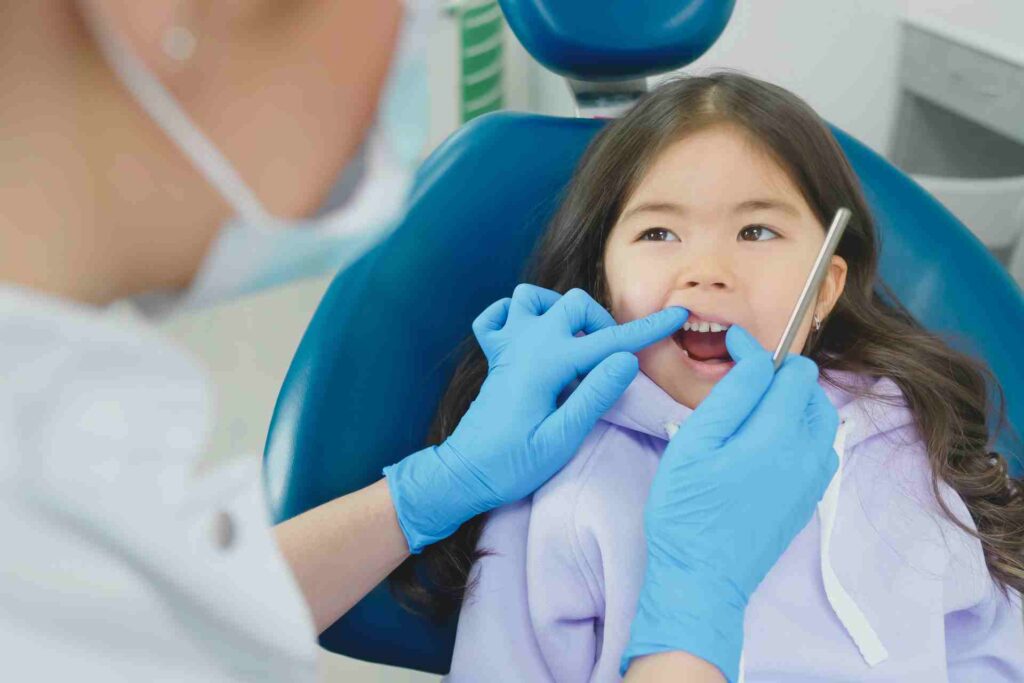
If your child has:
- An open bite or visible gaps between their front teeth
- Trouble closing their mouth completely
- Speech delays or articulation struggles
- A high palate or crowded baby teeth
…it’s worth bringing them in for an evaluation.
A pediatric dentist can assess whether their bite is likely to self-correct or if early orthodontic guidance might be helpful.
Even if braces aren’t needed right away, monitoring development as permanent teeth come in can help you stay one step ahead.
What Treatments Are Available?
Myofunctional therapy: These are exercises and habits that strengthen the tongue, lips, and cheeks to guide natural development. They’re great for younger kids and are often used before braces are considered.
Orthodontic appliances: For older children or more advanced bite issues, your child may need a space maintainer, expander, or braces, depending on how their teeth are growing in.
Speech therapy: If pacifier use has impacted how your child pronounces certain sounds, a speech therapist can help retrain their tongue position and muscle coordination.
Note: If pacifier use has affected your child’s oral muscle tone or high palate, a speech-language pathologist can work on strengthening those areas. This might include oral motor exercises and gentle intraoral massage to help normalize tongue posture, lip closure, and overall coordination for clearer speech.
The sooner you address any concerns, the better the outcome.
Thumb Sucking vs. Pacifier Use: Which One Is Worse?
It’s a common question—and honestly, the answer depends on when and how long the habit sticks around.
Both thumb sucking and pacifier use can affect the way your child’s teeth and jaw develop, especially if the habit continues past age 2 or 3. But when it comes to long-term dental concerns, thumb sucking is usually the harder habit to break.
Why Pacifiers Are (Slightly) Easier on Teeth
Pacifiers come with a built-in advantage: you can take them away. That makes it easier for parents to control the habit and wean at the right time.
Pacifier use is also often limited to naps or bedtime, which helps reduce the pressure on developing teeth and the palate.
The Trouble With Thumb Sucking
Thumbs are always available, so the habit can become more deeply ingrained. Some kids suck their thumbs for comfort throughout the day or even while they’re distracted (like watching a movie or falling asleep). This increases the impact on their bite and palate.
Thumb sucking can also:
- Contribute to a high, narrow palate
- Lead to speech issues like a lisp or difficulty articulating certain sounds
- Cause open bites or crossbites similar to pacifier teeth
What You Can Do
If your child is a thumb sucker, don’t worry—you’re not out of options.
Gentle reminders, reward systems, and even positive reinforcement tools like habit trackers or thumb covers can help.
Key Takeaways
- Pacifier teeth are real but preventable with the right timing, habits, and pacifier choice.
- If your child still uses a pacifier at 2 years old, now is the perfect time to start gently weaning.
- Orthodontic pacifiers and age-appropriate sizes are safer options, but duration still matters more than design.
- Most bite issues caused by pacifiers can self-correct if the habit stops early.
- After age 3 or 4, consult a pediatric dentist if you notice any changes in your child’s bite or speech.
Pacifiers have their place in early childhood—but with the right information and a little support, you can use them wisely without compromising your child’s oral health.
Follow @joycethedentist for more tips on baby oral health, toddler tooth care, and how to raise cavity-free kids with confident, happy smiles.
Frequently Asked Questions
Are orthodontic pacifiers really effective?
Yes, orthodontic pacifiers are designed to reduce pressure on your baby’s developing jaw and palate. But here’s the catch: they’re not a free pass for unlimited use. They help, but the biggest factor is still how long your child uses a pacifier overall.
How can I help my child stop using a pacifier?
Start small. Try limiting pacifier use to naps and bedtime, offer a cozy replacement (like a lovey or soft toy), and use lots of praise when they go without it. Gentle consistency works wonders. If you’re struggling, your pediatric dentist can help guide you with age-appropriate strategies.
At what age does a pacifier start to affect teeth?
Typically, after age two, we start to see early signs of “pacifier teeth.” That’s why most experts recommend beginning to wean between 18 and 24 months and stopping completely by 3 years old.
Will my child’s teeth go back to normal after using a pacifier?
That depends on when they stop. If pacifier use ends before significant changes occur—often before age 2—many minor issues will correct themselves naturally. After that, it depends on how their bite has developed and whether intervention is needed.
Can pacifier teeth correct themselves?
In younger toddlers, yes. If you stop the pacifier early enough, the palate and teeth may shift back into place as your child grows. But if bite issues stick around beyond age 4, orthodontic treatment might be necessary.
Is it okay for a 2-year-old to still use a pacifier?
It’s not uncommon if your toddler is still attached to their pacifier at this age. But this is the ideal window to start weaning gently. By stopping now, you’ll give their smile a great chance to develop naturally without long-term effects.




